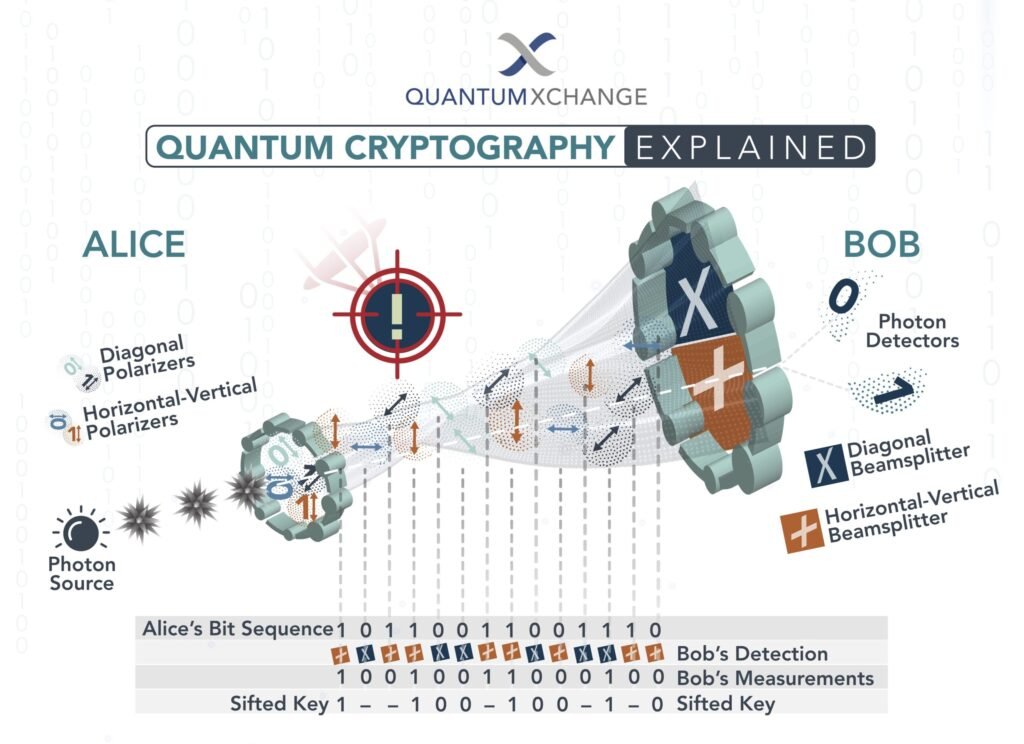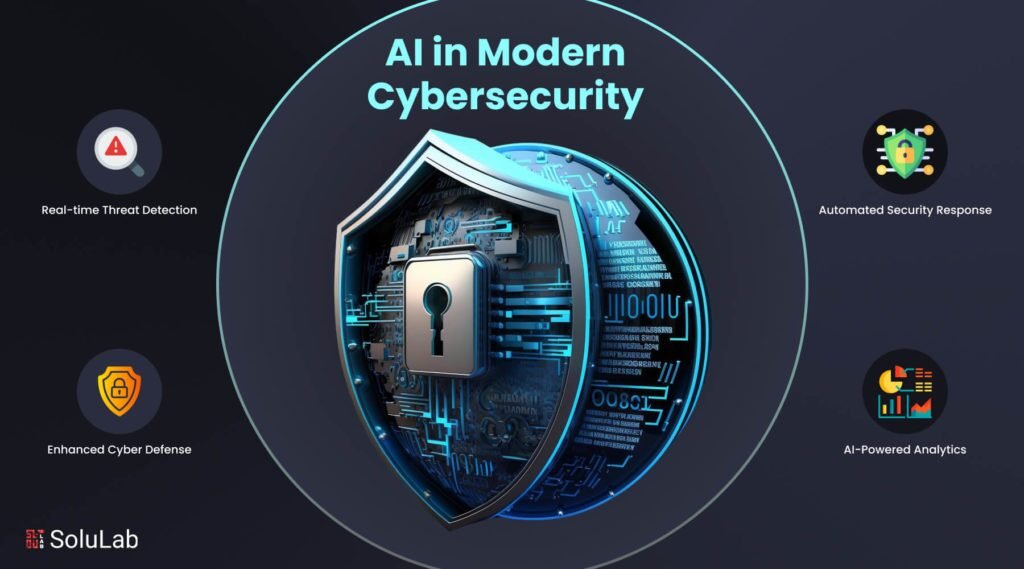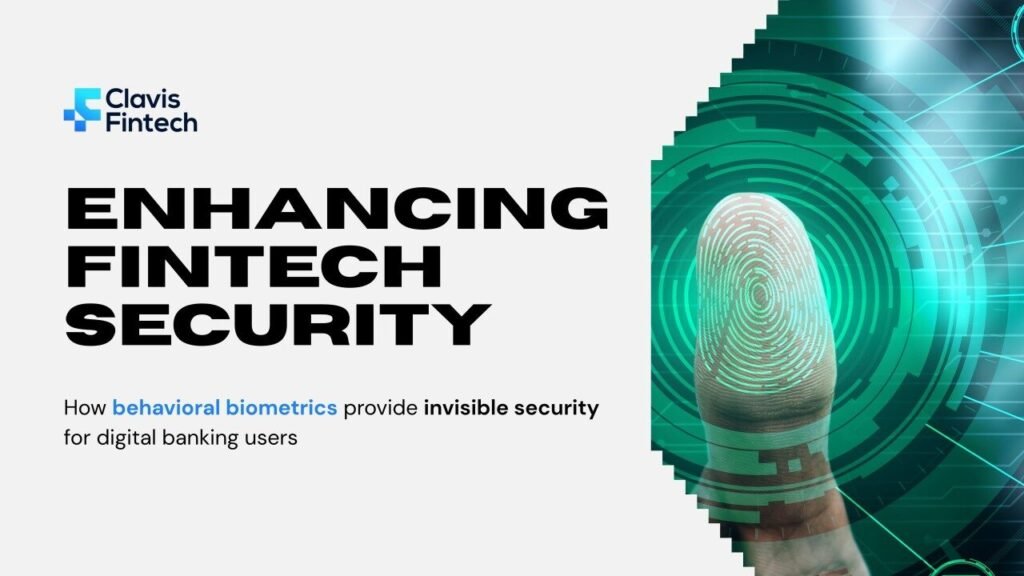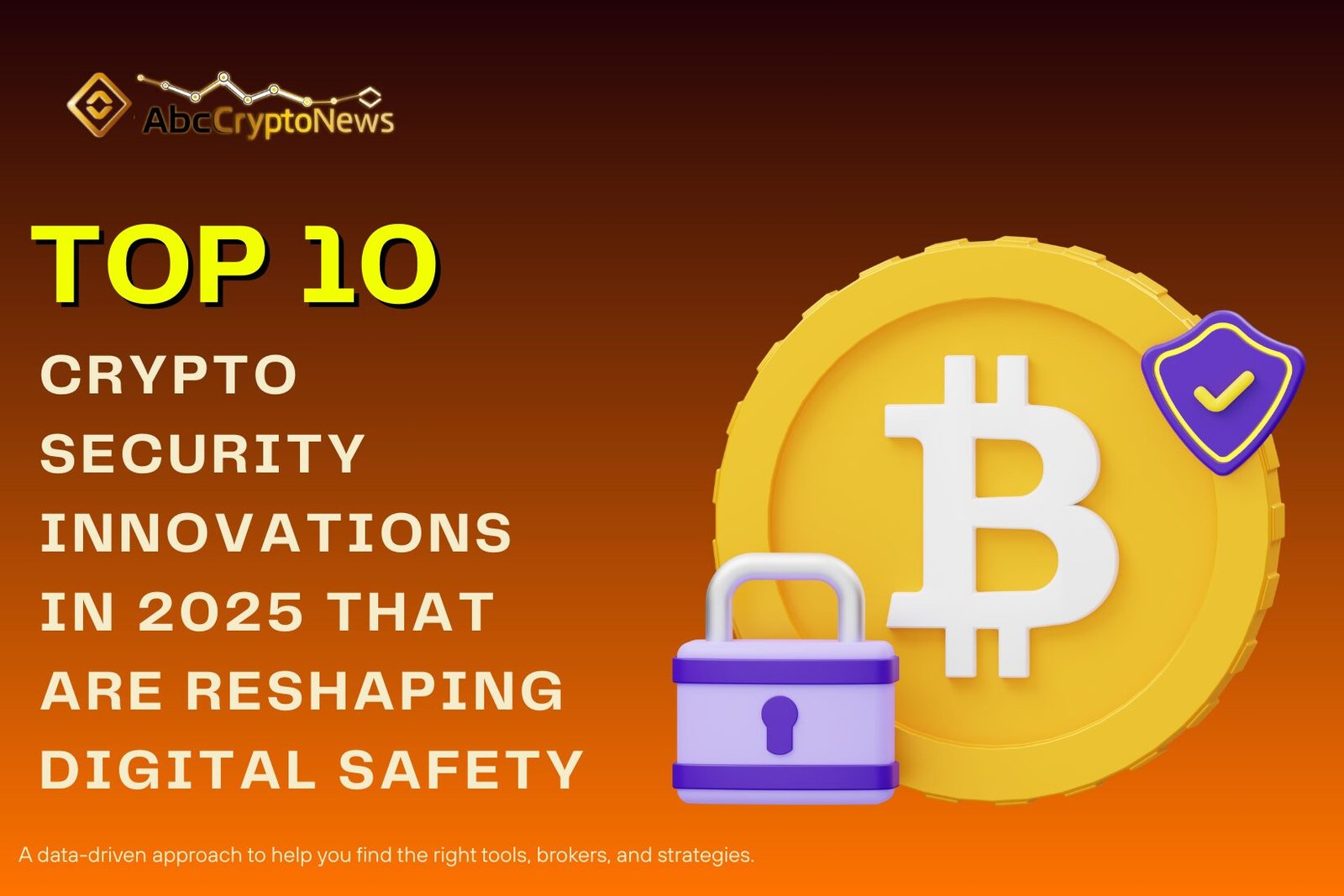Top 10 Crypto Security Innovations in 2025 That Are Reshaping Digital Safety
Top 10 Crypto Security : Crypto security in 2025 has never been more urgent — or more innovative. With global adoption rising and blockchain moving into mainstream finance, the stakes are higher than ever. According to mid-year data, losses from hacks and exploits in the crypto industry crossed $3.1 billion in just the first half of 2025. From AI-driven phishing scams to insider fraud and weaknesses in multi-sig wallets, the landscape is full of evolving risks.
Against this backdrop, a wave of fresh security solutions is emerging. These breakthroughs are not only patching vulnerabilities but also setting the stage for long-term resilience in decentralized ecosystems. Below, we take a close look at the Top 10 Crypto Security Innovations in 2025 that are reshaping how digital assets are protected.
1. Top 10 Crypto Security : Quantum-Resistant Cryptography

Source: Quantumxchange
The looming threat of quantum computing is no longer theoretical. By 2025, researchers have confirmed that certain quantum algorithms could destabilize RSA and ECC, which underpin most cryptocurrencies today. In response, projects are rolling out post-quantum cryptography (PQC) — algorithms designed to resist quantum attacks.
NIST-approved PQC standards are being integrated into wallets and custody services. Techniques like lattice-based cryptography and secure multi-party computation (MPC) are offering layered defense, making digital assets future-proof. For investors and institutions, this means preparing now for the quantum era instead of waiting until the risk becomes unavoidable.
2. Top 10 Crypto Security : AI-Powered Defense Systems

Source: SOLULAB
If AI has given hackers new weapons, it has also given defenders sharper shields. In 2025, AI-powered monitoring tools are being used to track unusual wallet activities, predict exploit attempts, and even respond automatically in real-time.
Some exchanges and custodians deploy machine learning systems that can freeze compromised transactions in milliseconds, preventing massive losses. On the other side, fraud detection algorithms are learning from billions of on-chain data points, making phishing and pump-and-dump schemes harder to execute.
This is not just reactionary defense — it’s proactive, predictive, and adaptive.
3. Zero Trust Architecture in Web3
Traditional security models assumed that once inside a system, users could be trusted. That assumption no longer holds in Web3. Zero Trust frameworks — “never trust, always verify” — are becoming standard in 2025 across decentralized applications, wallets, and DAOs.
Every transaction, device, and identity is continuously verified. For institutions offering custody or DeFi services, this model reduces insider risk while strengthening regulatory compliance. Even cloud-based blockchain infrastructures are adopting Zero Trust, extending protection to IoT devices interacting with crypto networks.
4. Blockchain as a Security Tool

Sourrce: Solulab
Beyond securing assets, blockchain itself is becoming a tool for cybersecurity integrity. Immutable ledgers now record supply chain data, software updates, and even security patches, providing tamper-proof audit trails.
In financial compliance, regulators are leaning on blockchain records to trace suspicious transactions. Companies are also experimenting with blockchain-led green tracking — monitoring renewable energy sources while simultaneously securing infrastructure against tampering. It’s security and transparency, packaged in one.
5. Top 10 Crypto Security : Behavioral Biometrics & Advanced Identity Verification

Source: Linkedin
Passwords and PINs are fading into the background. In 2025, crypto platforms are increasingly adopting behavioral biometrics — subtle signals like typing rhythm, wallet interaction speed, or device tilt during transactions.
When combined with decentralized ID (DID) systems, users get seamless yet secure access. Biometric KYC processes also enhance AML compliance, ensuring that exchanges can meet global standards without relying on clunky manual verification. The end goal is simple: stronger protection without sacrificing usability.
6. Top 10 Crypto Security : Smart Contract Security Innovations
Smart contracts remain one of the biggest attack surfaces in crypto, with billions lost to faulty code. To address this, AI-enhanced contracts that self-monitor and auto-patch vulnerabilities are gaining traction in 2025.
Formal verification — a mathematical method to prove code correctness — is no longer just an academic concept; it’s being widely adopted in DeFi protocols. Add to that DeFi 2.0 risk controls like on-chain insurance pools and liquidity backstops, and smart contracts are becoming safer to use than ever before.
7. Decentralized Identity (DID) & Privacy Enhancements

Source: Dashdev
Identity remains a paradox in crypto — users want privacy, yet regulators demand traceability. The 2025 solution is decentralized identity (DID) combined with privacy-preserving authentication.
Encrypted credentials allow users to prove who they are without exposing sensitive data. Compliance frameworks like GDPR and CCPA are now supported by blockchain-based zero-knowledge proof (ZKP) models, which authenticate users without revealing their entire identity. This dual benefit of privacy and accountability is shaping the future of Web3 logins and financial transactions.
8. Cross-Chain Security & Interoperability Protections

Source: Analog
Cross-chain bridges have been the single biggest source of losses in crypto. In 2025, new interoperability frameworks are tackling this weak point head-on.
Standardized security protocols for bridge infrastructure are being adopted across ecosystems, while multi-chain auditing ensures consistency in DeFi platforms. Institutions see this as a step toward safer interconnectivity, allowing assets to move across blockchains without opening new loopholes for attackers.
9. Sustainable & Secure Mining Practices
Crypto’s environmental footprint has been a point of contention, but 2025 marks a shift. Green blockchain initiatives are combining sustainability with resilience. Renewable energy-powered mining rigs are now paired with tamper-proof monitoring systems, ensuring both eco-efficiency and security.
Some projects also link carbon tracking to blockchain verification layers, creating transparent, verifiable data trails. This way, sustainability efforts themselves are made secure against fraud, while reducing the sector’s overall carbon impact.
10. Regulatory Integration & Global Standards
Finally, crypto security in 2025 is being shaped not just by technology but by governance. Regulatory bodies are rolling out global security standards for digital assets, encouraging exchanges, custodians, and stablecoin issuers to adopt transparent frameworks.
CBDCs and enterprise blockchains are setting examples by embedding compliance into their systems from the start. More importantly, collaborative threat intelligence — where regulators, developers, and enterprises share real-time data — is building a collective shield for the industry.
Conclusion
The landscape of crypto in 2025 is both daunting and inspiring. On one hand, record-breaking hacks remind us how vulnerable digital assets can be. On the other, innovations in quantum-resistant cryptography, AI defense, smart contract security, and decentralized identity show that the sector is evolving fast enough to keep pace.
The Top 10 Crypto Security Innovations outlined above illustrate a turning point. This year marks the transition from patching vulnerabilities to building proactive, resilient systems. Collaboration between technologists, enterprises, regulators, and academics will determine whether crypto can truly mature into a secure, mainstream financial infrastructure.




